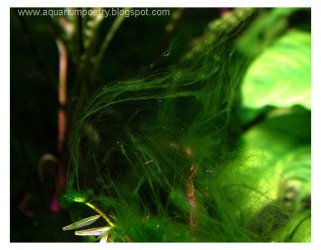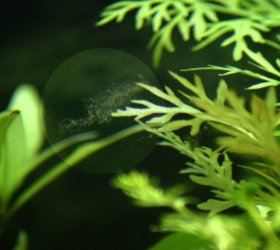The first thing to determine is the algae. There are many species of algae, and no fish will eat all of them, and some types of algae will not be eaten by any fish. Are you referring to the common green algae that occurs in the biofilm on surfaces including plant leaves and is sometimes hard to see? Or some form of problem algae like brush/beard?
Second, what is the tank size? And what species of plants?
Royal Farlowella usually refers to the larger species in the genus Sturisoma, and these need larger tanks to begin with, plus they can devastate plants. The much smaller common Twig Catfish in the genus Farlowella, which will usually be the species Farlowella vitatta, is a nice fish but some plants can show signs of this fish too. I have had this species for many years, and raised several batches of fry.
Byron.



